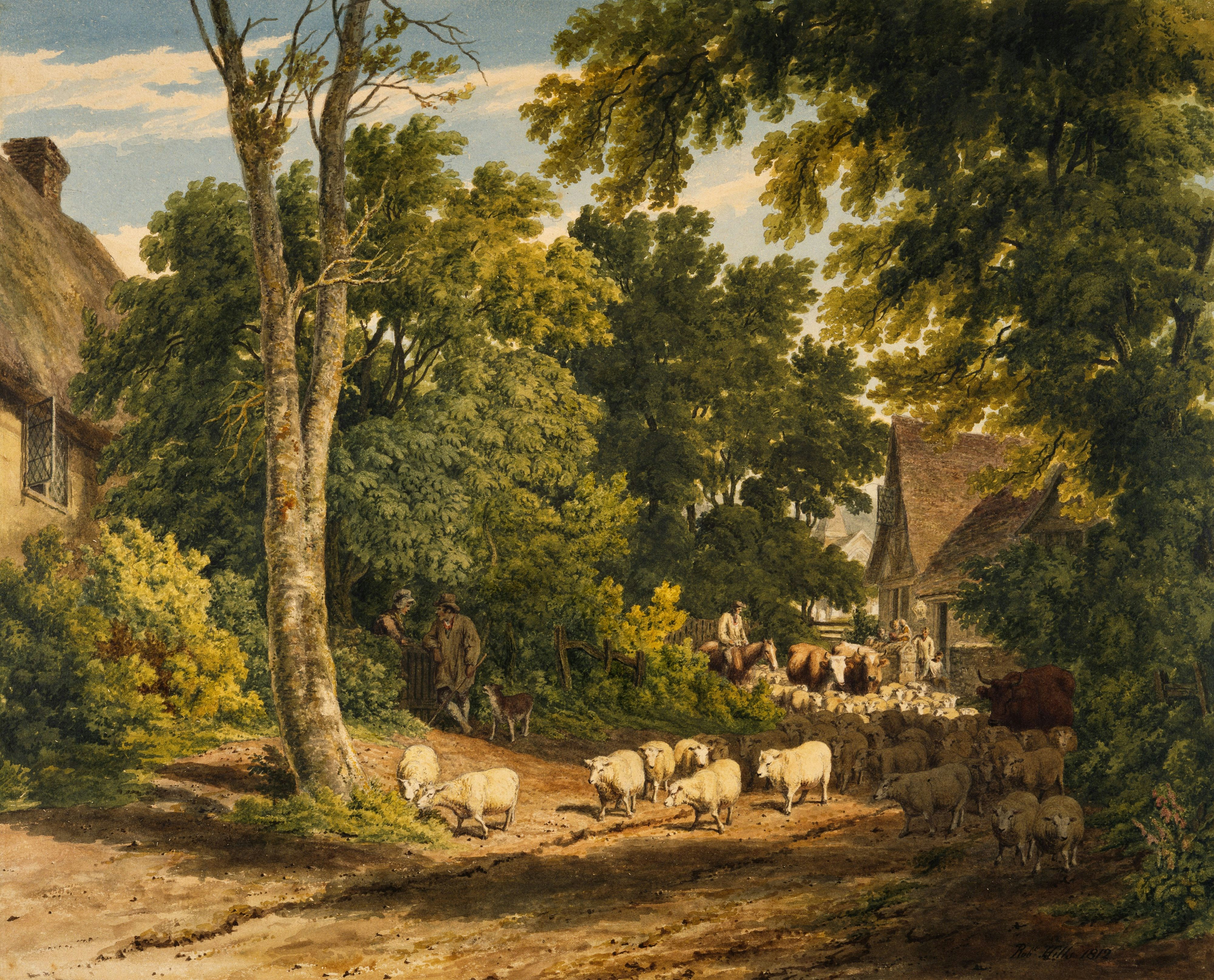Navigating the complexity of simplicity
Apr 2, 2024
Featured
Minimalism
Introduction
In a world characterized by complexity and constant stimulation, the pursuit of simplicity can seem like a beacon of clarity and calm. Yet, as we delve deeper into the concept of simplicity, we discover that it is far from straightforward. The complexity of simplicity lies in its paradoxical nature—simplicity can be both a means of liberation and a source of complexity in itself. In this article, we'll explore the nuances of simplicity and how embracing its complexity can lead to a deeper understanding of ourselves and the world around us.
The Illusion of Simplicity
At first glance, simplicity may appear as the absence of complexity—a state of clarity and ease. However, upon closer examination, we realize that simplicity is not merely about reducing the number of variables or elements in a system. True simplicity requires a deep understanding of complexity and a willingness to confront it head-on. It involves stripping away the unnecessary layers of complexity to reveal the essential truths beneath.
Embracing Complexity
Paradoxically, simplicity often arises from complexity. In our quest for simplicity, we may encounter layers of complexity that challenge our preconceived notions and push us out of our comfort zones. Yet, it is through embracing this complexity that we can uncover new insights, perspectives, and opportunities for growth. Complexity invites us to explore the interconnectedness of ideas, the richness of nuance, and the beauty of diversity.
"The greatest truths are the simplest: so are the greatest men."
— Julius Charles Hare
The Art of Simplification
Simplification is not about oversimplifying or ignoring complexity; it's about distilling complexity into its essential components. It involves discernment, intentionality, and a willingness to let go of what no longer serves us. The art of simplification requires us to question assumptions, challenge conventions, and prioritize what truly matters. By focusing on the essential, we can create space for clarity, focus, and meaningful action.
Simplicity in Practice
In our daily lives, simplicity manifests not as a rigid set of rules or restrictions, but as a guiding principle—a compass that helps us navigate the complexities of modern life with grace and ease. It involves cultivating mindfulness, presence, and a sense of inner peace amidst the chaos of our busy schedules and competing priorities. Simplicity invites us to slow down, savor the moment, and appreciate the beauty of the ordinary.
Finding Balance
Ultimately, the complexity of simplicity lies in finding balance—in striking a harmonious equilibrium between simplicity and complexity, order and chaos, action and reflection. It's about embracing the ebb and flow of life, recognizing that simplicity and complexity are not opposing forces but complementary aspects of the human experience. By embracing the complexity of simplicity, we can cultivate a deeper sense of awareness, resilience, and authenticity in our lives.

"Simplicity is the ultimate sophistication."
— Leonardo da Vinci
Conclusion
In a world that often equates complexity with sophistication and simplicity with naivety, it's essential to recognize the nuanced interplay between the two. The complexity of simplicity challenges us to reevaluate our assumptions, expand our perspectives, and embrace the richness of the human experience in all its complexity. By navigating this complexity with curiosity, humility, and an open heart, we can unlock new dimensions of meaning, purpose, and fulfillment in our lives.
